-
Invest in mentorship programs to pair less experienced employees with seasoned leaders, enhancing career growth and workplace dynamics.
-
Offer regular skill-building workshops to keep training relevant and adapt to industry changes, boosting innovation and problem-solving.
-
Create clear career pathways that outline growth opportunities, increasing employee engagement and retention.
-
Promote a culture of continuous feedback to foster development, accountability, and trust within teams.
-
Foster employee autonomy by allowing team members to lead projects and make decisions, driving innovation and job satisfaction.
569 words ~ 2.5 min read
Nurturing talent through robust professional development programs is more crucial than ever in today’s competitive landscape. Companies investing in these strategies not only boost employee morale but also strengthen their long-term performance and retention rates. Here are five key practices that can help your employees reach new heights:
1. Build Effective Mentorship Programs
Mentorship is more than just an onboarding perk; it’s a transformative tool that catalyzes career growth. Research indicates that mentored employees are five times more likely to advance in their careers. Structured mentorship programs pair less experienced employees with seasoned leaders who offer guidance, impart knowledge, and foster professional confidence. This partnership helps mentees navigate complex workplace dynamics while mentors gain renewed motivation and satisfaction by sharing their expertise. For businesses, this results in a more competent, cohesive, and motivated workforce.
2. Implement Regular Skill-Building Workshops
Professional development workshops shouldn’t be static; they need to reflect industry evolution and emerging challenges. Deloitte’s 2023 Global Human Capital Trends report highlights that over 70% of organizations identify the continuous development of new skills as a critical workforce strategy. Offering diverse training, from technical upskilling to leadership development, prepares employees to adapt to new tools, technologies, and methodologies. Companies that prioritize these programs often see enhanced innovation, greater problem-solving capabilities, and a workforce that can pivot with changing market needs.
3. Create Transparent Career Pathways
Employees are more engaged when they can envision their future with their current employer. A study by Gallup found that nearly 87% of millennials prioritize growth and development opportunities when choosing a job. To harness this motivation, businesses should outline clear, attainable career paths that define how team members can progress. This includes transparent criteria for promotions and lateral moves, professional benchmarks, and accessible tools for advancement. By investing in visible growth tracks, organizations not only boost productivity but also strengthen retention rates, as employees are more likely to commit to companies that invest in their long-term potential.
4. Promote a Culture of Continuous Feedback
Feedback shouldn’t be confined to annual reviews; it should be part of everyday practice. According to Harvard Business Review, organizations that encourage frequent, constructive feedback see lower turnover rates. A feedback-rich culture allows employees to understand their strengths and areas for improvement, creating an ongoing dialogue that spurs development. Managers can facilitate this by incorporating quick, actionable feedback into weekly check-ins and fostering an environment where employees feel safe to share their perspectives. This practice enhances accountability, promotes skill growth, and builds trust within teams.
5. Foster Employee Autonomy
Empowerment is a powerful driver of productivity. Granting employees the freedom to lead projects, experiment with solutions, and make decisions not only fuels innovation but also helps workers develop problem-solving skills that are crucial for leadership. Workplace experts emphasize that autonomy in the workplace correlates with higher levels of job satisfaction and productivity. Encouraging autonomy means trusting your team to take initiative and support them when they make mistakes. This approach nurtures an entrepreneurial mindset and fosters a sense of ownership that benefits the entire company.
The Takeaway
Professional development is not a one-size-fits-all approach; it requires thoughtful integration into a company’s culture and strategy. By building mentorship programs, offering continual learning opportunities, mapping out career pathways, encouraging feedback, and empowering employees to take charge, organizations can elevate their workforce. These practices create a thriving environment where both employees and businesses can flourish, driving collective success in an ever-evolving market.
—
The Hooksett Chamber of Commerce is a private non-profit organization that aims to support the growth and development of local businesses and our regional economy. We strive to create content that not only educates but also fosters a sense of connection and collaboration among our readers. Join us as we explore topics such as economic development, networking opportunities, upcoming events, and success stories from our vibrant community. Our resources provide insights, advice, and news that are relevant to business owners, entrepreneurs, and community members alike.


Recent Comments